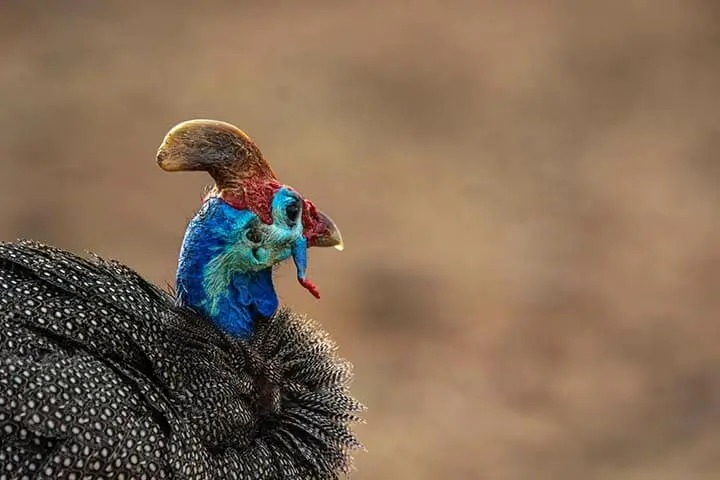
BIRDING IN
Quirimbas National Park

BIRDING IN
Quirimbas National Park

BIRDING IN
Quirimbas National Park

BIRDING IN
Quirimbas National Park
The Quirimbas National Park was established in 2002. Its 7500 km2 area of which 80% is made up of islands, was recently designated a UNESCO biosphere reserve. Its rich and varied environment includes crystal clear waters, coastal forest, miombo woodland, mangrove forest, islands made of coral and vast sand flats. It hosts a stunning variety of plants and wildlife. Quirimbas National Park is a true example of where bush meets beach. Elephants feed off mango trees just metres from the Indian Ocean and further inland - in the thick coastal forests - 4 out of the Big 5 roam.
Among the 11 islands that make up the marine element of the park, six (Ibo, Matemo, Quisiva, Quilalea, Quirambo and Quirimba) have a long tradition of permanent human occupation, while the others (Quipaco, Mefundvo, Sencar, Fion and Rolas Island) are mostly uninhabited, with the occasional seasonal fisherman taking up residence. These islands, along with 21 others, form the Quirimbas Archipelago. Stretching from Pemba to the Tanzanian border, the archipelago is a chain of almost 400 kilometers of coral reef.
In the water you can find sea turtles, 4 species of dolphin, 3 whale species including the migratory humpback whale, over 160 species of coral, 6 species of mangrove, and 350 species of fish. On the land there are more than 430 species of birds including osprey, plovers and yellow-billed storks, and a variety of wild animals, including elephants, lions, leopards and crocodiles.
In the water you can find sea turtles, 4 species of dolphin, 3 whale species including the migratory humpback whale, over 160 species of coral, 6 species of mangrove, and 350 species of fish. On the land there are more than 430 species of birds including osprey, plovers and yellow-billed storks, and a variety of wild animals, including elephants, lions, leopards and crocodiles.
Number of bird species here are 202 and the number of globally threatened species are two. Some of those include; Fulvous Whistling-Duck, Red-billed Duck, Southern Pochard, Helmeted Guineafowl, Crested Francolin, Red-necked Francolin, Little Grebe, Mourning Collared-Dove, Red-eyed Dove, Ring-necked Dove, Laughing Dove, Emerald-spotted Wood-Dove, Tambourine Dove, Namaqua Dove, African Green-Pigeon, Black-bellied Bustard, White-browed Coucal, Green Malkoha, Pied Cuckoo, Dideric Cuckoo, Klaas's Cuckoo, Barred Long-tailed Cuckoo, Black Cuckoo, Red-chested Cuckoo, Square-tailed Nightjar , African Palm-Swift, Streaky-breasted Flufftail, Baillon's Crake, Water Thick-knee, Spotted Thick-knee, Black-winged Stilt, Black-bellied Plover, Spur-winged Lapwing, Senegal Lapwing, Lesser Sand-Plover, Greater Sand-Plover, Kittlitz's Plover, Common Ringed Plover, Three-banded Plover, Greater Painted-Snipe, Lesser Jacana, Whimbrel, Bar-tailed Godwit, Ruddy Turnstone, Curlew Sandpiper, Sanderling, Little Stint, Terek Sandpiper, Common Sandpiper, Common Greenshank, Madagascar Pratincole and many more
Our Experts are ready to provide answers
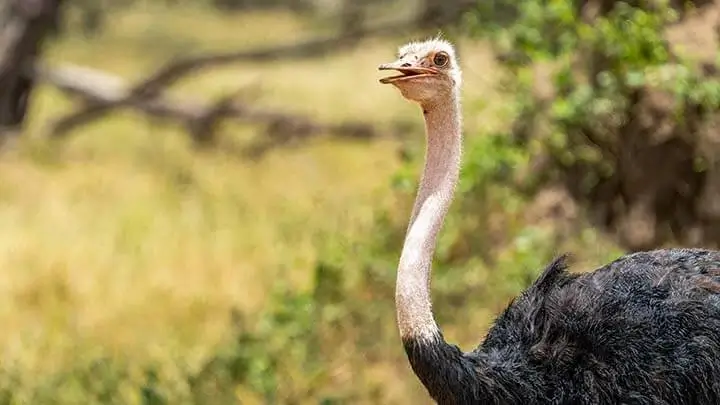
hese landscapes support a wealth of bird species, with 318 species being confirmed in the park to date and many additional species believed to still occur in the park.
Read More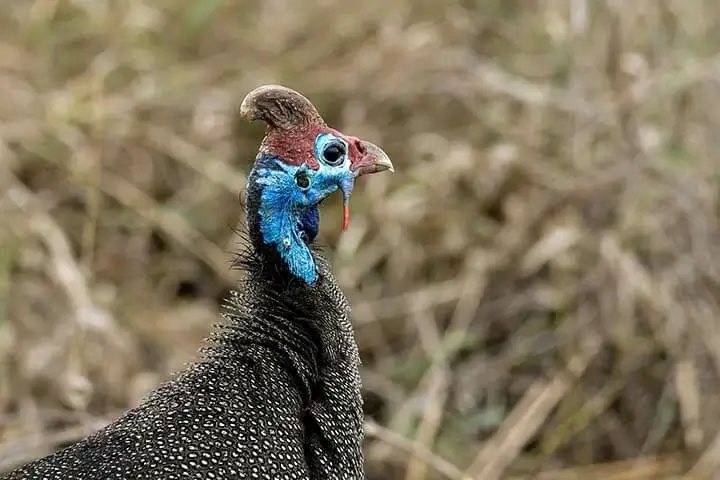
The park is an important wintering ground for migratory waders from the Palearctic. For six species of non-breeding waterbird, numbers exceed the 1% population thresholds.
Read More
Gorongosa mountain makes up less than 10% of the extent of this site, but is the most important part because most of the bird species which are of conservation interest are concentrated here.
Read More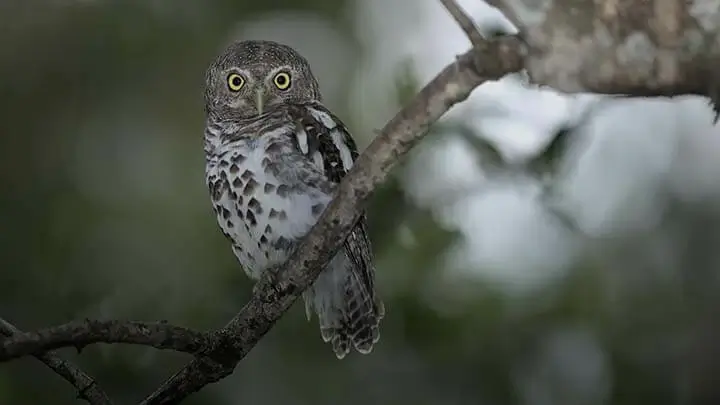
There have been over 600 species recorded in the province to date. Limpopo offers an excellent variety of birds due to its habitat diversity. Raptors, woodland and wetland species are all particularly well represented.
Read More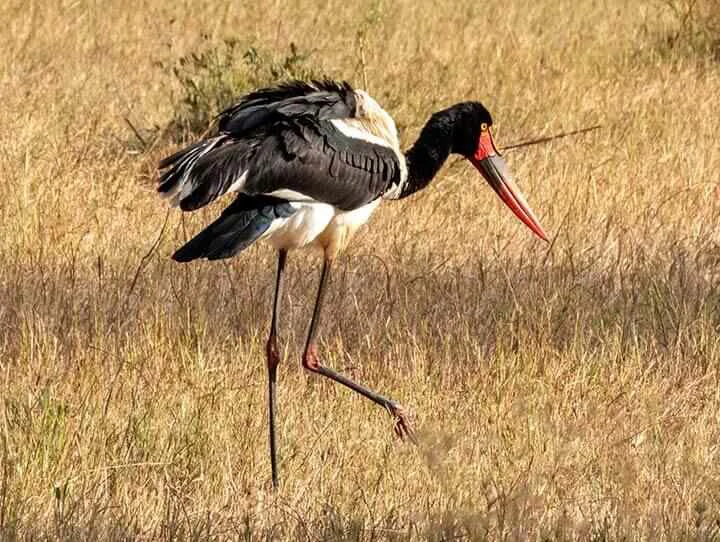
Zinave National Park has 177bird species, 4 of which are globally threatened species. Bird species to look out for at Zinave include; Common Ostrich, White-faced Whistling, Duck, Egyptian Goose, Spur-winged Goose, Comb Duck, Helmeted Guineafowl, Crested Guineafowl, Red-necked Spurfowl,
Read More